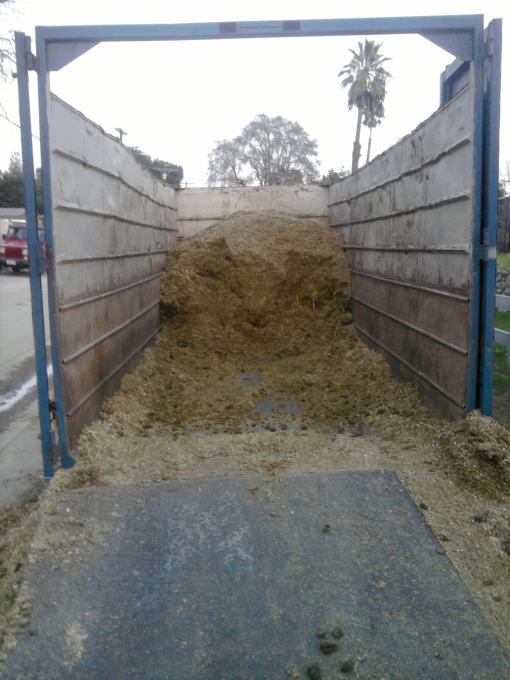Here are some garden photos I took last week of some of the promising new developments to come along in March. Spring things are happening in the garden! Arranged in alphabetical order… apologies for my blurry cell phone pictures.

The Distinctive Maroon Bloom of Amaranth
Amaranth is one of plants that you grow once and it generates enough seeds to keep popping up in various places in your garden each year. This one is about 2-3 feet tall, but it can get taller than I am (6’3″) sometimes. I’ve never harvested the actual tiny grain (anyone out there have simple instructions for this?) but I do use the young leaves in salads. I’ve also heard (from Ysanne Spevack of Organic Foodee, whom I met through Erik Knutzen of Homegrown Evolution) that the flower itself is edible, too – just cut it up and put it in salads.

First Baby Artichoke Begins to Emerge
I grow a lot of artichoke – one of those great perennials that just keeps giving. The first of the chokes are starting to develop… though it will still be another month or so before the early ones will be ripe enough to eat. The one in the photo is in the middle of the my biggest, seemingly nearly monster-sized plant. The fruit pictured though is only maybe 2-inches in diameter.

Bright Blue Borage Flowers
Borage is one of those old-fashioned companion plants that you’re supposed to grow somewhere in your garden (also in this group are rue and yarrow… and some others that I will remember as soon as I hit “publish”.) Like amaranth, borage comes back year after year, a bit more than I really want it to. Mine grows out of interstices in in urbanite bed-wall. It has little blue flowers that face downward. They’re edible, tasting like a mild drop of honey. I put them in salads to add a little color.

Yellow Calendula Flowers Starting to Bloom
Calendula is just starting to bloom. Another simple-to-grow plant that keeps coming back year after year (do you detect a theme here?) It has some medicinal uses, though I just grow it for the bright yellow flowers.

New Jujube Growth
In mid-January, we planted a jujube tree. At the time it was completely dormant, bare and a little spindly-lookin’. I just had to trust that it would happily re-emerge from its slumber. I was a tiny bit worried about it for a month and a half, while I built a fancy-looking, perhaps overly-eleborate and formal rainwater harvesting ring to direct water toward its roots… thinking that it would sad if my high expectations for the tree might be unmet. Now, as you can see from the photo, it’s leafing out nicely.

Peach Blossoms
The peach tree that I was pruning in December is flowering and leafing out. The bees love it. Below it is California poppy and yarrow. A few times I’ve had to trim back broken branches as it gets abused by passers-by.

Yarrow A-blooming
And how could it be an area that Joe stewards unless there was plenty of yarrow? The very earliest of the yarrow flowers are already in bloom, with plenty more about to burst open.









